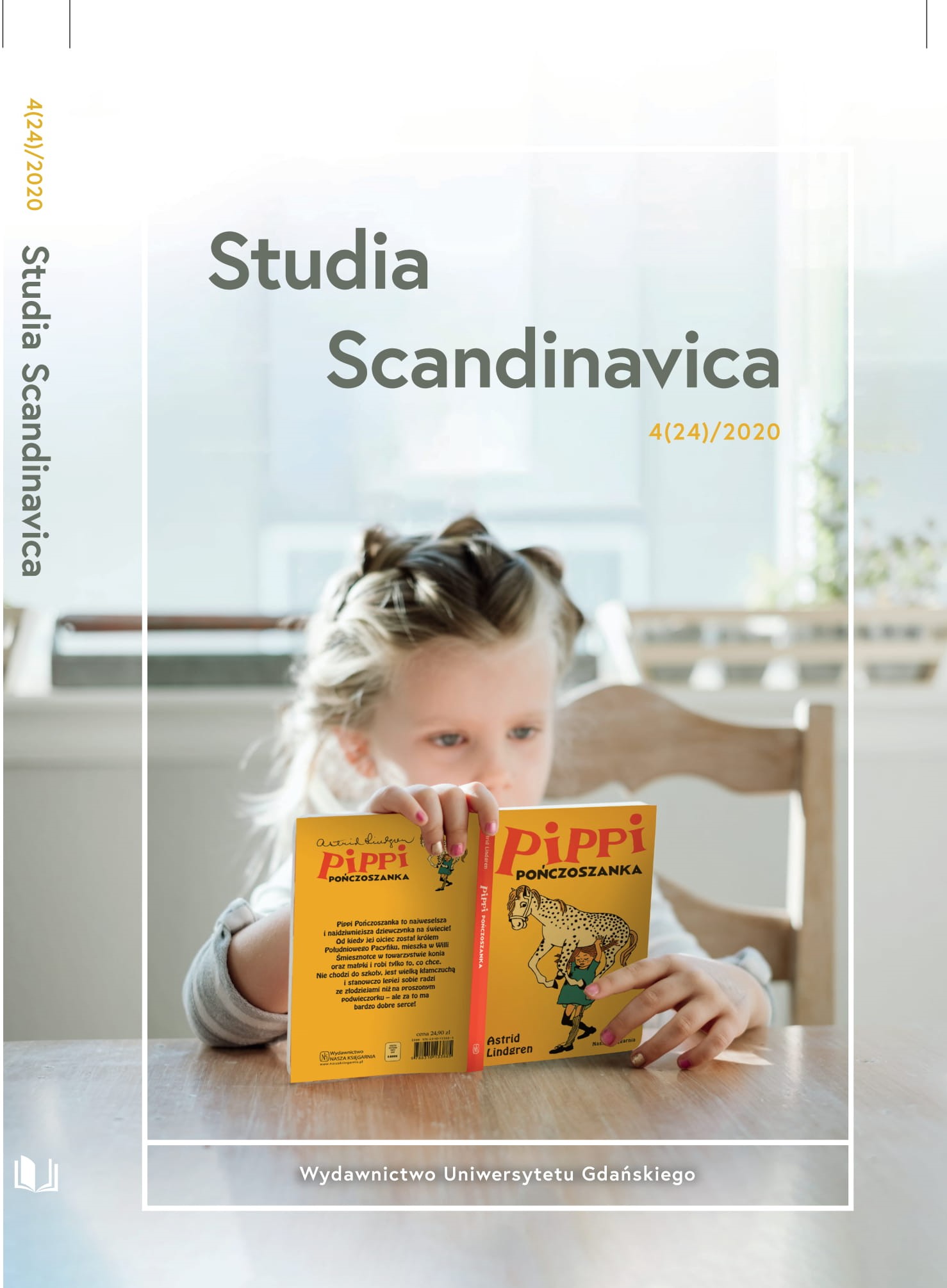From Tabermann to Mr. Baudelaire. Allusions and popular culture references in the Finnish comic Northern Overexposure and their English translations
DOI:
https://doi.org/10.26881/ss.2020.24.06Słowa kluczowe:
comics, Finnish comics, translation, humourAbstrakt
Comics, as other written works, contains allusions that serve many functions and might be difficult to translate due to cultural differences. The aim of this article is to analyse the selected allusions and popular culture references in the Finnish comic Northern Overexposure and compare the Finnish source text with the English target text. In addition, the function of these allusions as well as the relevant cultural background are covered. The examples were analysed with Ritva Leppihalme’s (1997) strategies for translating allusions. The article also provides insight into the Finnish field of comics and the translation process of the selected comic.
Downloads
Bibliografia
Abrams, M.H. (1984). A Glossary of Literary Terms. Holt-Saunders International Edition. New York: Holt, Rinehart and Winston.
Ahonen, JP. (2009). Villimpi Pohjola 2. Tampere: Daily Hero Press.
Ahonen, JP. (2019a). E-mail correspondence. 15.12.2019.
Ahonen, JP. (2019b). Official webpage, https://jpahonen.com/ (access: 15.12.2019).
Herkman, J. (1998). Sarjakuvan kieli ja mieli. Tampere: Vastapaino.
Kaindl, K. (2004). Multimodality in the translation of humour in comics. In: E. Ventola, C. Charles and M. Kaltenbacher (eds.). Perspectives on Multimodality. Salzburg: University of Salzburg, p. 173–192.
Kela. Quick guide to financial aid for students, https://www.kela.fi/web/en/students-quick-guide (access: 12.12.2019).
Leppihalme, R. (1997). Culture Bumps: An empirical approach to the translation of allusions. Series: Topics in Translation. Vol. 10. Clevedon: Multilingual matters.
Manninen, P.A. (1995). Vastarinnan välineistö. Sarjakuvaharrastuksen merkityksiä. Tampere: Tampere University Press.
Preminger, A. (ed.). (1965). Encyclopedia of Poetry and Poetics. Princeton (NJ): Princeton University Press.
Rasila, T. (2001). Suomalainen sarjakuvan tutkimus vuoteen 2000, https://sarjakuvaseura.fi/fi/suomen-sarjakuvaseura-ry/kokoelma/sarjakuvantutkimus/32-22 (access: 12.12.2019).
Romu, L. (2015). Sarjakuvien monipuolisuus kiehtoo tutkijaa, https://alusta.uta.fi/2015/03/26/sarjakuvien-monipuolisuus-kiehtoo-tutkijaa/ (access: 30.03.2020).
Ruokonen, M. (2006). Intertekstuaalisuus ja kaunokirjallisuuden kääntäminen. In: J. Tommola (ed.). Kieli ja kulttuuri kääntäjän työvälineinä. Turku: Painosalama, p. 57–82.
Saarenmaa, A. (2015). Sarjakuvien monipuolisuus kiehtoo tutkijaa, https://alusta.uta.fi/2015/03/26/sarjakuvien-monipuolisuus-kiehtoo-tutkijaa/ (access: 30.03.2020).
Santoo, L. (2015). Best served with Batman-clad octopodes. How intertextuality is created and translated in Villimpi Pohjola 2. Turku: University of Turku.
Scott, A.F. (1965). Current Literary Terms: A Concise Dictionary of Their Origin and Use. New York: Macmillan.
Shaw, H. (1976). Dictionary of Literary Terms. New York: McGraw-Hill.
Tommola, J. (ed.). 2006. Kieli ja kulttuuri kääntäjän työvälineinä. Turku: Painosalama.
Ventola, E., Charles C. and M. Kaltenbacher (ed.). 2004. Perspectives on Multimodality. Amsterdam: John Benjamins Publishing Company.
Vuolteenaho, S. (2019). Bodomjärven murhista lähes 60 vuotta – tässä seitsemän syytä miksi raaka kolmoismurha yhä kiinnostaa ihmsiä, https://yle.fi/uutiset/3-10793536 (access: 10.12.2019).

 Uniwersyteckie Czasopisma Naukowe
Uniwersyteckie Czasopisma Naukowe





